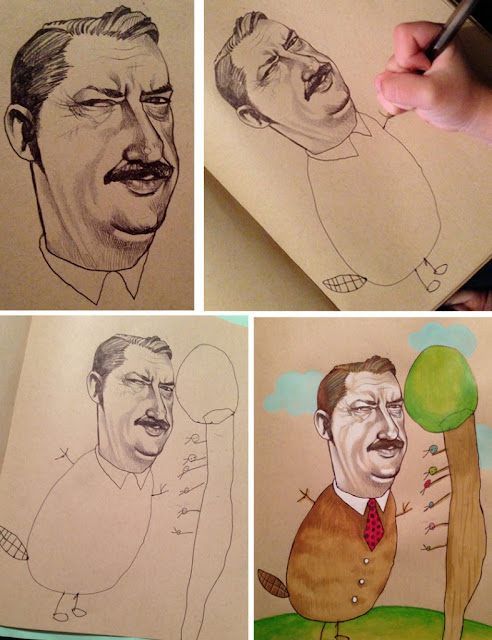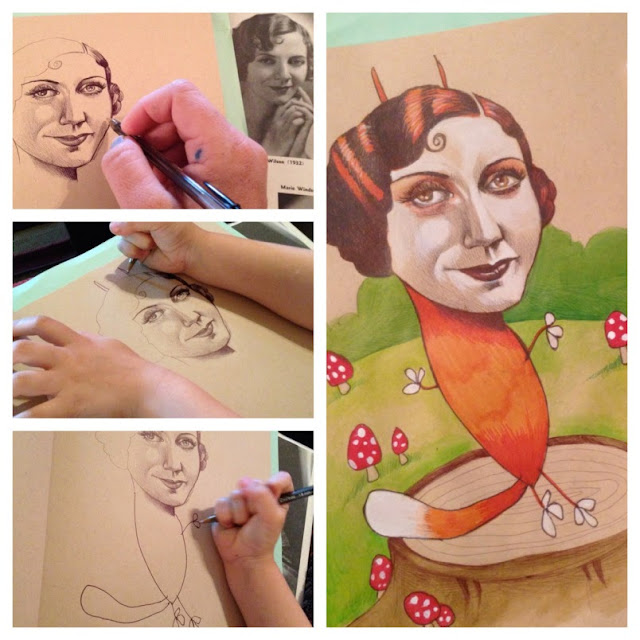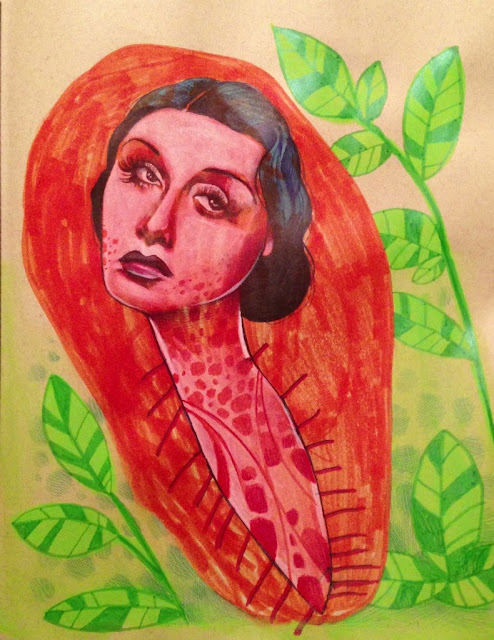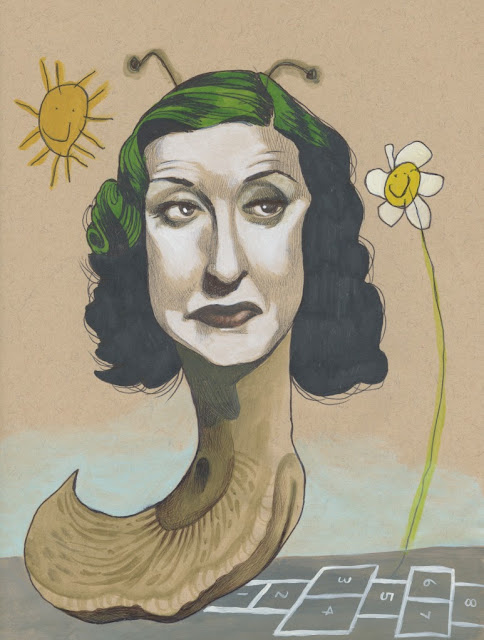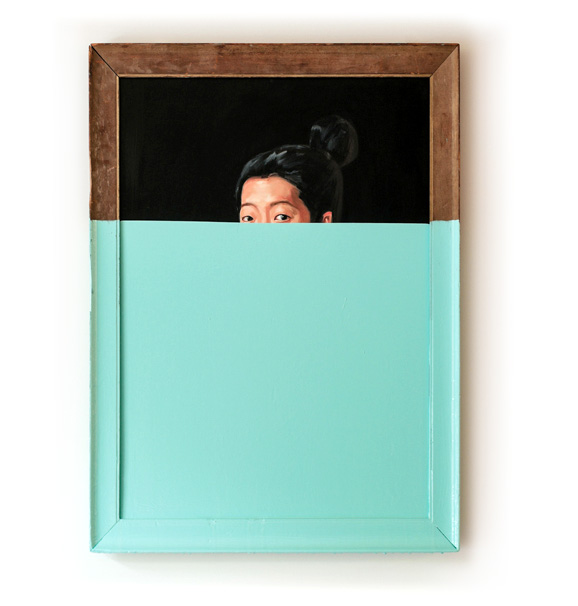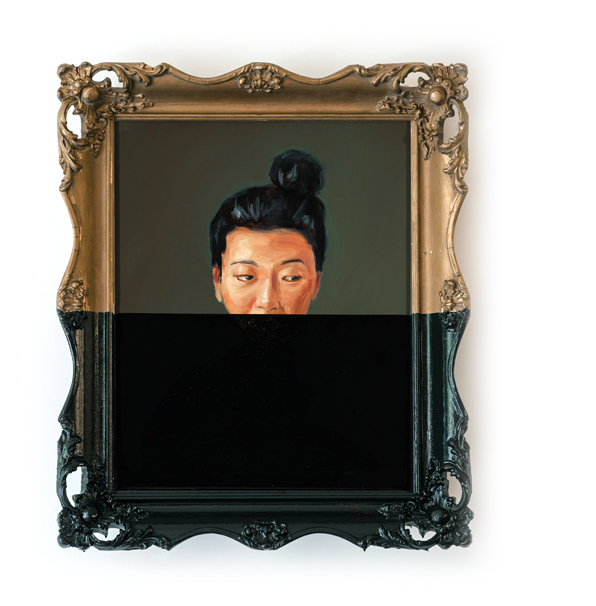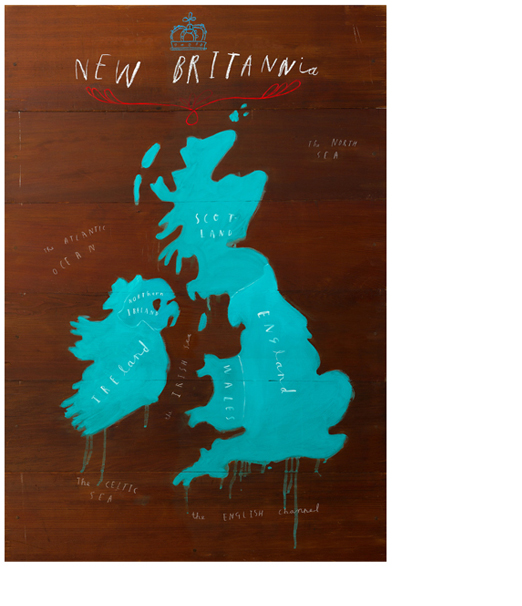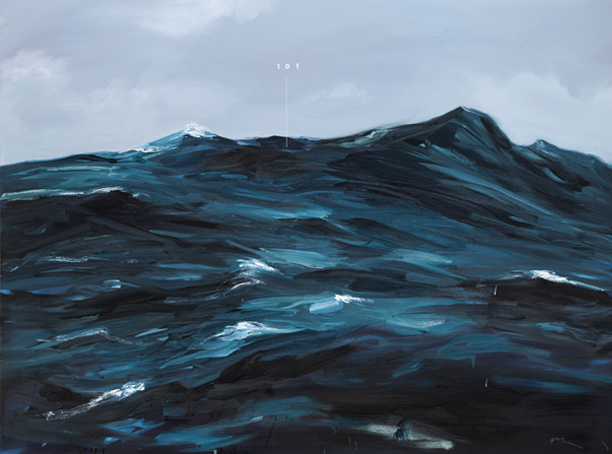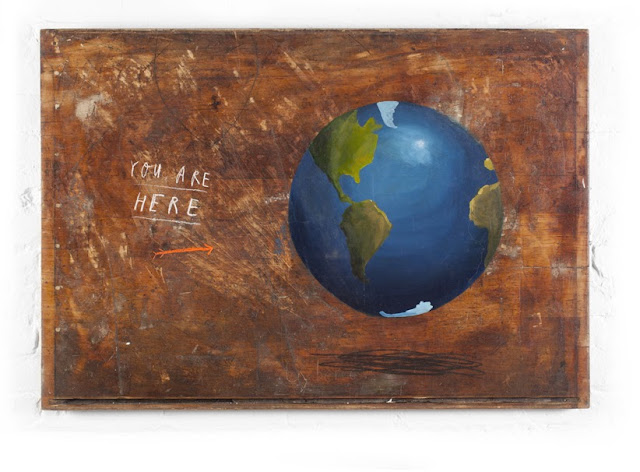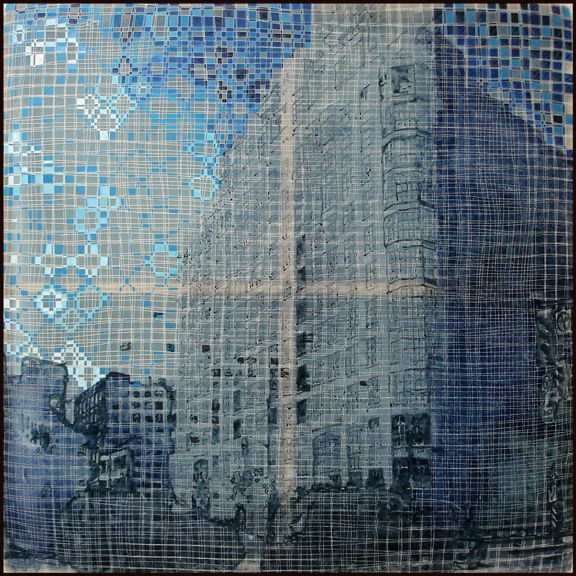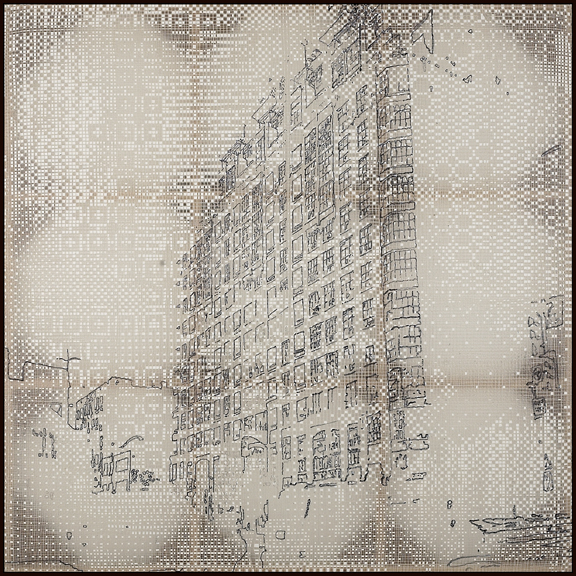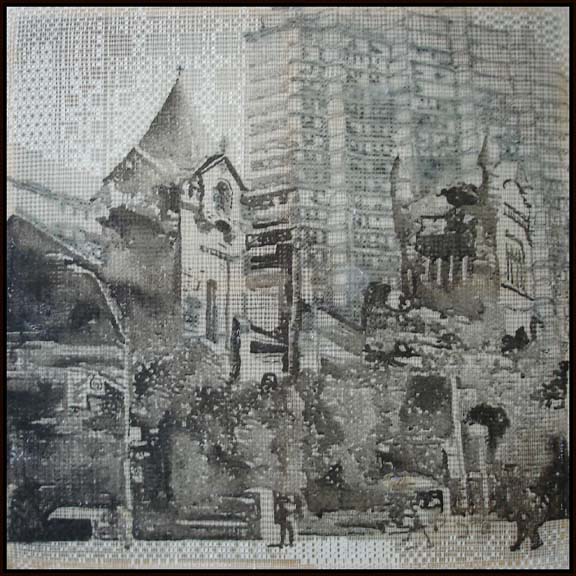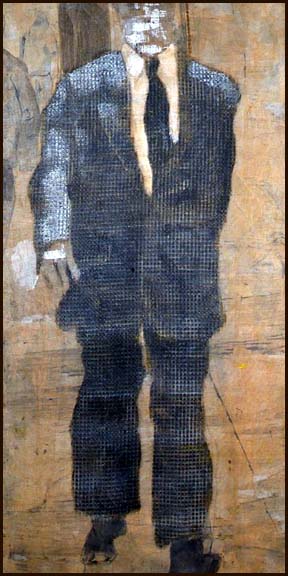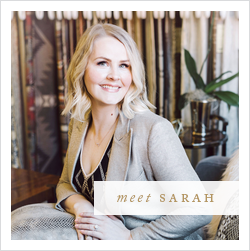The Curated Collection | The Busy Mockingbird | Collaborating with a 4-year old
As you all know by now, I am truly passionate about process. As an avid reader of Sir Ken Robinson, I am also deeply passionate about divergent thinking and nurturing the inherent creativity in our children. So when I stumbled upon today’s artist, I found myself with endless reasons to fall in love. I think it is her story that most captured my heart, and so with permission, today I am reposting Mica Angela Hendricks’ delightful post about the unexpected process of collaborating on her art with her 4-year old daughter.
One day, while my daughter was happily distracted in her own marker drawings, I decided to risk pulling out a new sketchbook I had special ordered. It had dark paper, and was perfect for adding highlights to. I had only drawn a little in it, and was anxious to try it again, but knowing our daughter’s love of art supplies, it meant that if I wasn’t sly enough, I might have to share. (Note: I’m all about kid’s crafts, but when it comes to my own art projects, I don’t like to share.) Since she was engrossed in her own project, I thought I might be able to pull it off.
Ahhh, I should’ve known better. No longer had I drawn my first face (I love drawing from old black & white movie stills) had she swooped over to me with an intense look. “OOOH! Is that a NEW sketchbook? Can I draw in that too, mama?” I have to admit, the girl knows good art supplies when she sees them. I muttered something about how it was my special book, how she had her own supplies and blah blah blah, but the appeal of new art supplies was too much for her to resist. In a very serious tone, she looked at me and said, “If you can’t share, we might have to take it away if you can’t share.”
Oh no she didn’t! Girlfriend was using my own mommy-words at me! Impressed, I agreed to comply. “I was going to draw a body on this lady’s face,” I said. “Well, I will do it,” she said very focused, and grabbed the pen. I had resigned myself to let that one go. To let her have the page, and then let it go. I would just draw on my own later, I decided. I love my daughter’s artwork, truly I do! But this was MY sketchbook, my inner kid complained.
Not surprisingly, I LOVED what she drew. I had drawn a woman’s face, and she had turned her into a dinosaur-woman. It was beautiful, it was carefree, and for as much as I don’t like to share, I LOVED what she had created. Flipping through my sketchbook, I found another doodle of a face I had not yet finished. She drew a body on it, too, and I was enthralled. It was such a beautiful combination of my style and hers. And she LOVED being a part of it. She never hesitated in her intent. She wasn’t tentative. She was insistent and confident that she would of course improve any illustration I might have done. …And the thing is, she DID.
Soon, she began flipping through my sketchbook, looking for more heads. “Do you have any heads for me today?” she would ask me each morning. So I began making a point at night to draw some faces for her (which was my pleasure–faces are my favorite part, anyway). She would then pick up a pen with great focus, and begin to draw. Later, I would add color and highlights, texture and painting, to make a complete piece. Sometimes she filled in the solid areas with colored markers, but I would always finish with acrylics later on my own.
Sometimes I would give her suggestions, like “maybe she could have a dragon body!” but usually she would ignore theses suggestions if it didn’t fit in with what she already had in mind. But since I am a grownup and a little bit (okay a lot) of a perfectionist, I sometimes would have a specific idea in mind as I doodled my heads. Maybe she could make this into a bug! I’d think happily to myself as I sketched, imagining the possibilities of what it could look like. So later, when she’d doodle some crazy shape that seemed to go in some surrealistic direction, or put a large circle around the creature and filled the WHOLE THING in with marker, part of my brain would think, What is she DOING?!? She’s just scribbling it all up! But I should know that in most instances, kids’ imaginations way outweigh a grownup’s, and it always ALWAYS looked better that what I had imagined. ALWAYS.
For example, the filled-in marker of the one above, she told me, was a chrysalis, for the caterpillar to transform into a butterfly. Of COURSE it is. I never would have thought of that. And that’s why kids make awesome artists.
Later, I would show her what I had done with our drawings–the painting and coloring. She seemed to critique them pretty harshly. “That’s silly, mama.” or “you put WATER behind her?” But for the most part, she enjoyed them. I enjoyed them. I LOVE them.
And from it all, here are the lessons I learned: to try not to be so rigid. Yes, some things (like my new sketchbook) are sacred, but if you let go of those chains, new and wonderful things can happen. Those things you hold so dear cannot change and grow and expand unless you loosen your grip on them a little. In sharing my artwork and allowing our daughter to be an equal in our collaborations, I helped solidify her confidence, which is way more precious than any doodle I could have done. In her mind, her contributions were as valid as mine (and in truth, they really were). Most importantly, I learned that if you have a preconceived notion of how something should be, YOU WILL ALWAYS BE DISAPPOINTED. Instead, just go with it, just ACCEPT it, because usually something even more wonderful will come out of it.
SIDE NOTE: As an idea (mainly for myself) I decided to put just a few of our collaborative prints up for sale on a site called Society 6. I purchased one myself (the space beavers, called “Outer Face”) to see how they would turn out, and I’m pretty happy with it. We’ve done dozens and dozens of collaborative sketches, but I only put a few up as prints. I’m not sure what to do with the others. Maybe make a children’s book out of them? Make poems to go along? I’m not sure, but I love them with a very large portion of my heart, and they need a special place.
Let me be the first to say that I can’t wait to see what you will do with the other prints, Mica. I think the idea of a children’s book sounds positively brilliant! Perhaps a call for submissions on poetry could prove interesting? However it evolves, your insightful surrender to the collaborative process and the way you have honoured your daughter’s divergent thinking have thoroughly inspired me. Thank you for your creative courage and for sharing it with us!
xo
s.




